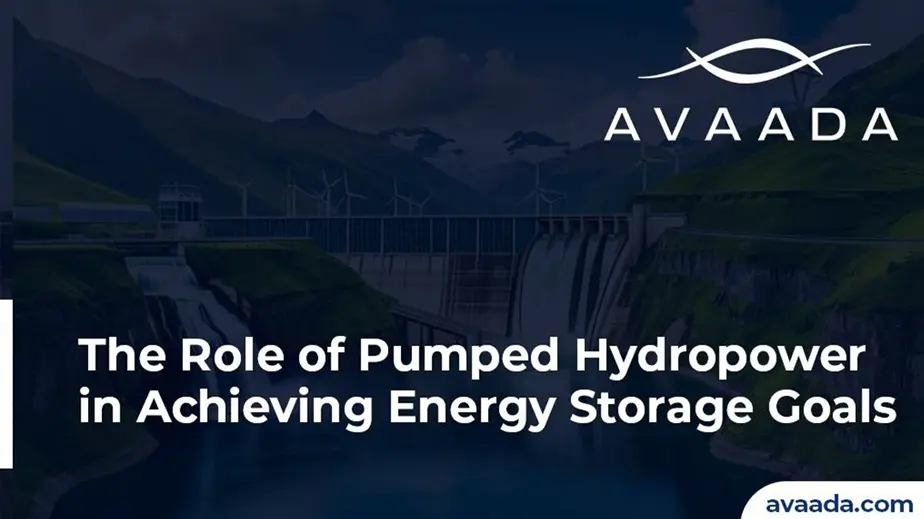Imagine standing on a beautiful mountain, breathing in fresh air, and looking down at a river flowing through green forests. This peaceful scene shows the world we strive for. As we work towards a sustainable future, understanding how countries’ actions affect carbon emissions becomes crucial. Barclays’ new report, “Sovereign Emissions: Nature vs. Nurture,” explores how both natural factors and government policies shape a nation’s environmental impact. It dives deep into what shapes a country’s environmental impact, revealing a surprising truth- it’s not just geography, but the choices we make. But what if the answers we seek lie not just in scientific reports, but in the wisdom passed onto us since the medieval times?
This blog will help in connecting the dots between modern science and ancient practices. Let’s further discuss how the age-old philosophies of Indian culture, such as Vedanta and Matsya Sastra provide valuable insights.
What is the Nature vs. Nurture Debate in Sovereign Emissions?
When we talk about sustainability, the debate over what drives a nation’s carbon emissions- nature or nurture, rises. Barclays’ recent report, “Sovereign Emissions: Nature vs. Nurture,” highlights the importance of balancing these dual influences. Nature describes the inherent qualities and resources of a nation as natural resources, climate, and geography. These are the elements countries are “born with”. For instance, a country with harsh winters will naturally have higher heating needs, leading to greater emissions. Government regulations and policies, on the other hand, are included in the category of nurture. These include laws pertaining to the environment, financial support for renewable energy sources, and initiatives to lessen carbon footprints.
The Structural Factors
- Industrial Activity:The level of industrialization significantly impacts carbon intensity. Countries with a high share of industrial activity typically exhibit higher emissions due to the energy-intensive nature of industrial processes.
- Demographics:A younger population tends to consume more carbon-intensive goods and services, from transportation to electronics, thereby increasing emissions. In contrast, aging populations might see a natural decline in emissions.
- Population Density and Urbanization:While dense urban areas can enhance transportation efficiency in developed countries, leading to lower emissions, the opposite is often true for emerging markets, where rapid urbanization can outpace infrastructure development, resulting in higher emissions.
- Agricultural Land Use:Extensive agricultural activities, especially in flat regions suitable for farming, contribute to emissions through deforestation and the use of fertilizers and pesticides.
- Natural Climate:Extreme climates necessitate greater energy use for heating or cooling. For instance, countries with severe winters or hot summers will have higher energy demands, impacting their carbon intensity.
Balancing ‘Prakriti’ and ‘Purusha’
In Vedantic terms, sustainable development requires striking a balance and harmony between Prakriti (nature) and Purusha (consciousness). Both innate traits and governmental actions are critical in the context of sovereign emissions, much like in the philosophy where both components are required for creation. For example, a nation like Denmark with an abundance of wind resources can rely on wind energy, whereas India with an abundance of sunlight can harness solar power extensively. Countries must optimize their efficiency and efficacy in mitigating emissions by coordinating policy decisions with the inherent advantages.
Discretionary Policies and Their Impact
Barclays introduces a novel measure of carbon intensity that adjusts for these structural factors, providing a clearer picture of policy effectiveness. This adjusted measure reveals that developed countries like the Netherlands, the UK, and Korea rank high on green efforts, while the US, Japan, and China rank lower. Over the past decade, many countries have successfully decoupled carbon emissions from economic growth, achieving reductions in carbon intensity while maintaining robust economic performance. These countries share two common traits: higher energy efficiency and a significant share of energy from renewable sources.
Vedantic Insights: Harmony with Nature
Vedantic philosophy teaches us the principle of ‘Vasudhaiva Kutumbakam,’ meaning “the world is one family.” This ancient wisdom emphasizes living in harmony with nature, recognizing the interconnectedness of all life forms. By nurturing Mother Earth, air, water, and mountains, we acknowledge our responsibility to protect the environment. Matsya Sastra, an ancient Indian treatise on fishery science, provides another intriguing perspective on the nature vs. nurture debate. It emphasizes the conservation of water bodies, the importance of forests, and the protection of biodiversity. These principles align with modern sustainability efforts, encouraging us to adopt policies that respect and preserve the natural world.
Matsya Sastra's Perspectives
- Adaptation to Natural Conditions: Recognizing the limitations imposed by nature, Matsya Sastra highlights the necessity of adapting aquaculture practices to the natural conditions of water bodies. Likewise, policies governing sovereign emissions must consider and adjust based on the inherent tendencies of various nations.
- Sustainable Practices: Rather than depleting resources, it promotes sustainable practices that preserve ecological balance.
- Holistic Management: Matsya Sastra advocates for managing fisheries in a way that takes the ecosystem into account. When it comes to emissions, this means implementing all-encompassing policies that cover everything from energy generation to transportation and residential use.
The Road to Net Zero
Achieving net zero emissions is a complex, global challenge that requires both national policy interventions and international cooperation. Policymakers must focus on enhancing energy efficiency and increasing the share of renewables in their energy mix. This shift not only mitigates the impact of structural factors but also promotes sustainable economic growth.
Barclays’ research highlights that investments in clean energy are crucial. Despite the high upfront costs, these investments are offset by long-term benefits, including lower operating costs and reduced carbon emissions. The global trend towards clean energy investment is evident, with a 70% increase from $1 trillion in 2015 to $1.7 trillion in 2023.
Indian Culture: Nurturing Mother Earth
Indian culture has long revered nature, viewing rivers as goddesses, mountains as abodes of deities, and trees as sacred entities. This cultural ethos encourages a profound respect for the environment. Practices such as planting trees during festivals, conserving water through traditional methods like step wells, and maintaining biodiversity through sacred groves are ingrained in the Indian way of life.
Conclusion
Understanding the dual influences of nature and nurture on sovereign emissions is essential for crafting effective environmental policies. While countries cannot change their structural realities, they can implement proactive measures to mitigate their impact. By integrating the ancient wisdom of Vedantic philosophy and Matsya Sastra, we can foster a deeper connection with nature and inspire a global movement towards nurturing our planet.









